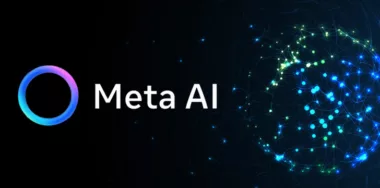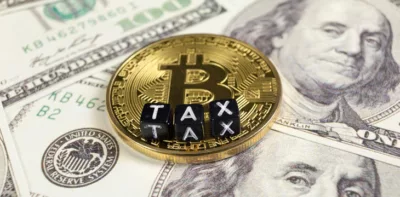Latest Blockchain News

Thai CBDC pilot succeeds, but no plans to create one
Thailand sees central bank digital currency as a tool that could promote innovation but argues that it is in no rush to push for one, noting that it will resort to programmable payments and tokenization instead.

India, Japan associations ink deal to grow Web3 ecosystem
Under the MOU, BWA and JADA will explore opportunities in Web3 technologies and craft use cases and policies that will help fully develop the Web3 ecosystem in their respective countries.

AI in Regtech is expected to balloon to $6.64 billion by 2028: report
The Research and Markets report highlights several factors responsible for the surge of artificial intelligence in regtech, including the requirement for real-time monitoring and reporting to protect consumers.

Meta’s Llama 3-powered AI chatbot pushed across social media platforms
Racing to catch up with heavyweights Google and OpenAI in the AI race, Meta launches its latest AI chatbot compatible with the firm's social media platforms, pushing AI use into the mainstream.
Champions 4th-gen collections bring VR, blockchain perks to trading card game
Champions of Otherworldly Magic and its motivated development team promote the release of the game's 4th generation playing card collections, unlocking achievements with real-world earnings.
nChain’s Stefan Matthews talks developing technology solutions for the Philippines and the world
In this CoinGeek Backstage interview, Stefan Matthews highlights nChain's initiatives in fostering blockchain innovation in the Philippines and looks at the potential of other emerging technologies.
In this episode of the CoinGeek Weekly Livestream, SmartLedger CEO Shawn Ryan details the discussions that took place in Capitol Hill, the halving season, and the latest developments in BSV.
















